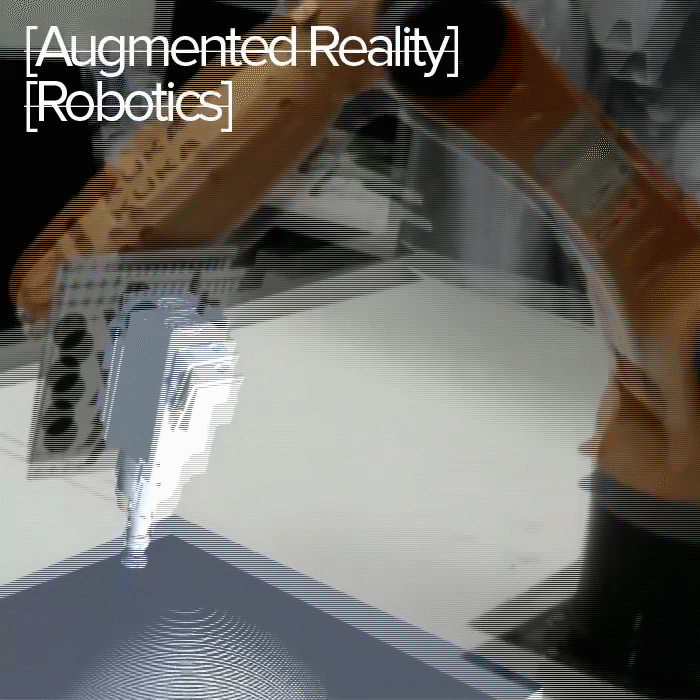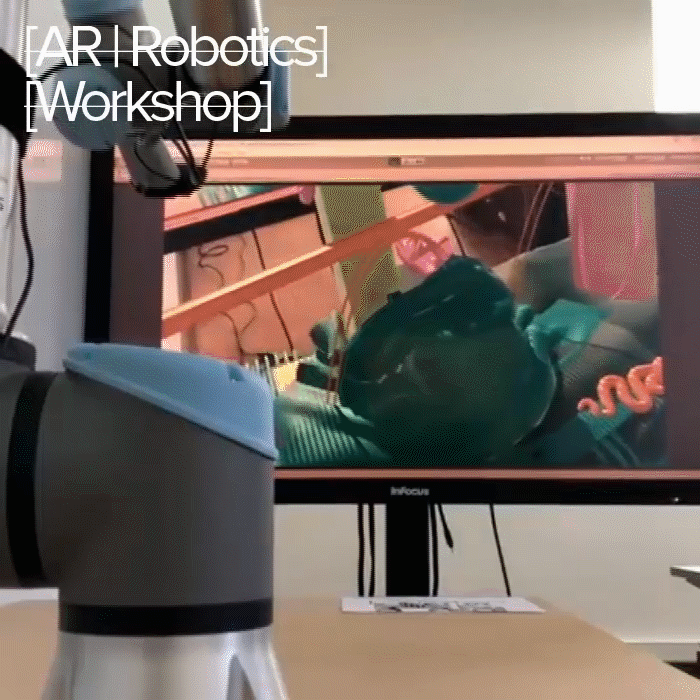




























Untitled_01 | Târ and UR-10 Duet
Târ and Robot Duet Improvisation
Realtime communication--Robot improvise/responses based on Târ melodies
More Coming Soon!
It's an ongoing experimental piece for Târ and a robot and the composition/programming is still in progress for future iterations.
-----------------------------------------------
Untitled-01 is part of an ongoing HMI/HCI centered investigation, that looks at the potentials of human-machine-interaction, as a possible medium for creative work, especially, improvisation. It aims to question the hierarchical operator-operated relationship, through a set-up where the machine—robot, becomes a performer along with the musician.
Learning from the tune, notes, frequency, gesture, volume, and the mode of the musical improvisation—among other performative and environmental parameters, the robot, starts to act in response, to complement the improvisation, similar to a duet improv.
To soften the robot's motion as a way to increase its agency and reduce its direct dependency to instrumental music, there is a specific sampling technique/rate embedded in the program that runs the robot. This enables the robot to "choose" between what it "senses" and responses to the ones it finds "valuable."
To augment the back-and-forth improvisational gives and takes, there is a visual “cue” from the robot—through a screen visible for the human performer, that informs the human performer when the robot is about to make a move.
Untiled-01 is part of a bigger research investigation that questions the integration of robotic technology in creative set-ups. This research has been developed around issues such as: How can this integration be different from the older readings of robots as service providers and more as active agents in the creative process? How can the current social/ post-human philosophical climates of non-hierarchical relationships, help to open-up possibilities for “misusing” robots in a more collaborative way? How can some of the imperfections of robotic operations, become a driver for a creative application? Can—in an experimental setting, the “mistakes” of a robotic task become more desired than the programmed task?
Theses question are more than just the matter of application; whether the robot has a car body in its hand or a painting brush of an artist or a fabrication end-effector. It is about its role in/impact on defining/guiding these processes through its—robot’s, “reading” of the process. It is about recalibrating our—“master’s” vision about welcoming a possibly new active agent in the creative process in a less biased hierarchy where the imperfection of a robotic operation is a not a “mistake,” instead is a “creative” suggestion from one of the active agents in the process.